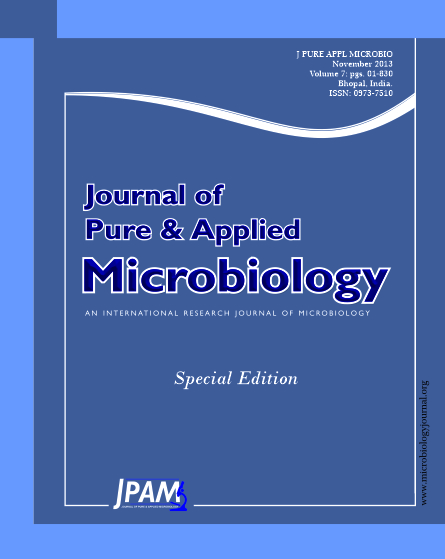Since the natural laccase is inclined to be inactivated at industrial application conditions, it is especially important and urgent to improve the stability of laccase. Taking laccase secreted by Pleurotus ostreatus as the research object, the laccase is chemically modified with dextran (Dex) and succinic anhydride (SA). The pH stability, thermal stability as well as degradation efficiency toward indole of natural laccase and modified laccase are compared. The enzyme-catalyzed reaction reveals the Michaelis–Menten constant Km value of modified laccase rises, while the pH stability and thermal stability of modified laccase are superior to those of natural laccase. Moreover, the degradation efficiency toward indole for dextran modified laccase (Dex-Lac) and succinic anhydride modified laccase (SA-Lac) are 37.2% and 35.3% at 50ºC after 3h, respectively, achieving nearly 2 times higher than natural laccase.
Laccase, Chemical modification, Stability, Degradation efficiency
© The Author(s) 2013. Open Access. This article is distributed under the terms of the Creative Commons Attribution 4.0 International License which permits unrestricted use, sharing, distribution, and reproduction in any medium, provided you give appropriate credit to the original author(s) and the source, provide a link to the Creative Commons license, and indicate if changes were made.


